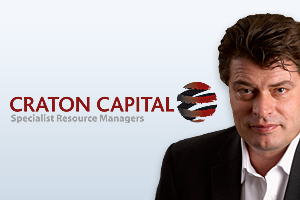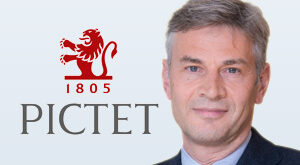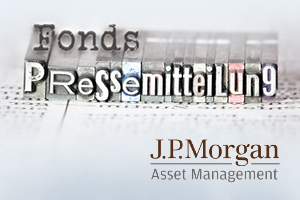
September was a month of high volatility across many asset classes, with the gold market relatively tame in comparison. The Fund and benchmark were both in negative territory at month end, although recovered strongly into the new month. The sword which has been hanging over the head of gold and precious metals for the last three years did not fall in September as the US Fed held rates unchanged. The Fed pointed to a weaker global economy as the rationale for postponing a rate hike, although subsequent weak US jobs data now has the market questioning whether it will even occur this year. As far as gold is concerned, that sword has become blunt – meaning the first rate hike is now much less negative for gold, having been priced in for so long already. Many commentators now expect a much slower path of interest rate increases than before and, perhaps more importantly, the long term real equilibrium rates at much lower levels than historically.
This all implies a much more benign outlook for gold. We perceive a steady turnaround in the general sentiment towards gold and the precious metals sector. The loud calls for sub-US$1000 gold have become less common and many see limited downside for the sector and are rather focusing on what shape the recovery will take. One of the largest gold investor conferences takes place in Denver during September. One of the most common themes at this year’s event was companies’ focus on strengthening their balance sheets, whether through sales of non-core assets or metal streams or through trimming capital projects. Another key theme – further cost cutting – also helps balance sheets, as lower energy prices and weaker currencies in many producing countries adds further tailwinds to cost cutting of recent years.
Many companies are generating positive free cash flow, despite the depressed (US dollar) gold price. Companies were also keen to highlight their organic growth opportunities, although the cheap valuations of juniors and explorers means that acquisitions should remain an attractive path to growth. The sector is therefore well beyond the shock and surprise of lower gold price levels, and is adjusting towards profitability and positive cash flow under the current conditions. We believe the gold market is starting to move away from the simplistic “Rates will rise” bear case and starting to price in a more realistic, considered case for when, how much and under what economic conditions rates may rise – probably giving a more benign outlook towards gold. Yet gold shares still seem to be pricing in a worst-case scenario (from both metal prices and operations and cost performance) and remain extremely underweight by generalist investors. We believe these factors offer current gold sector investors the potential for excellent returns.



